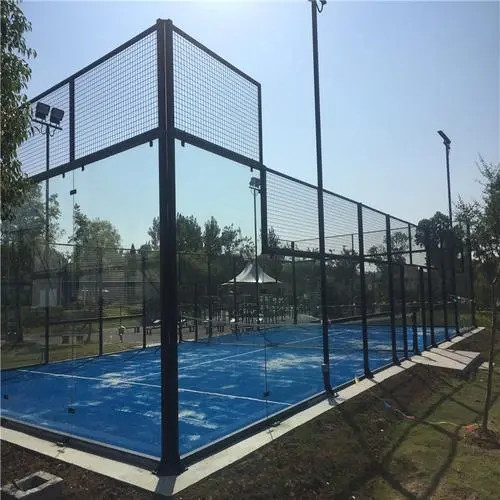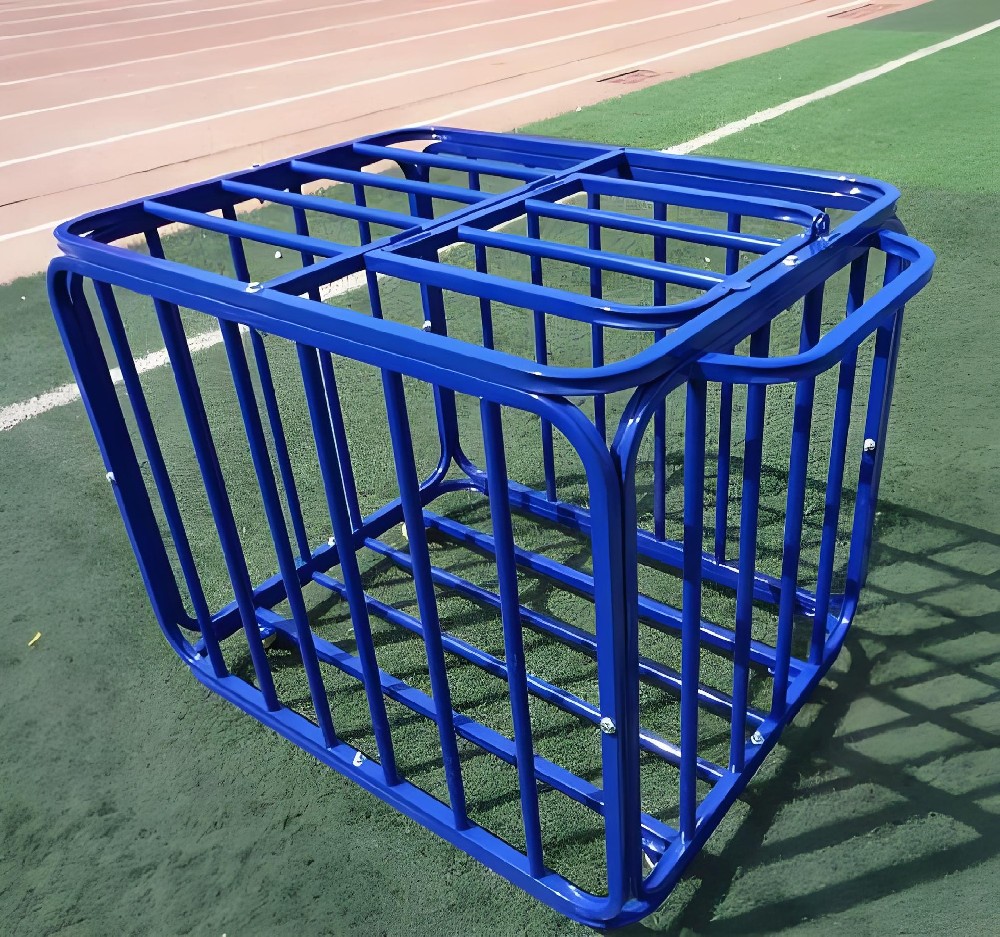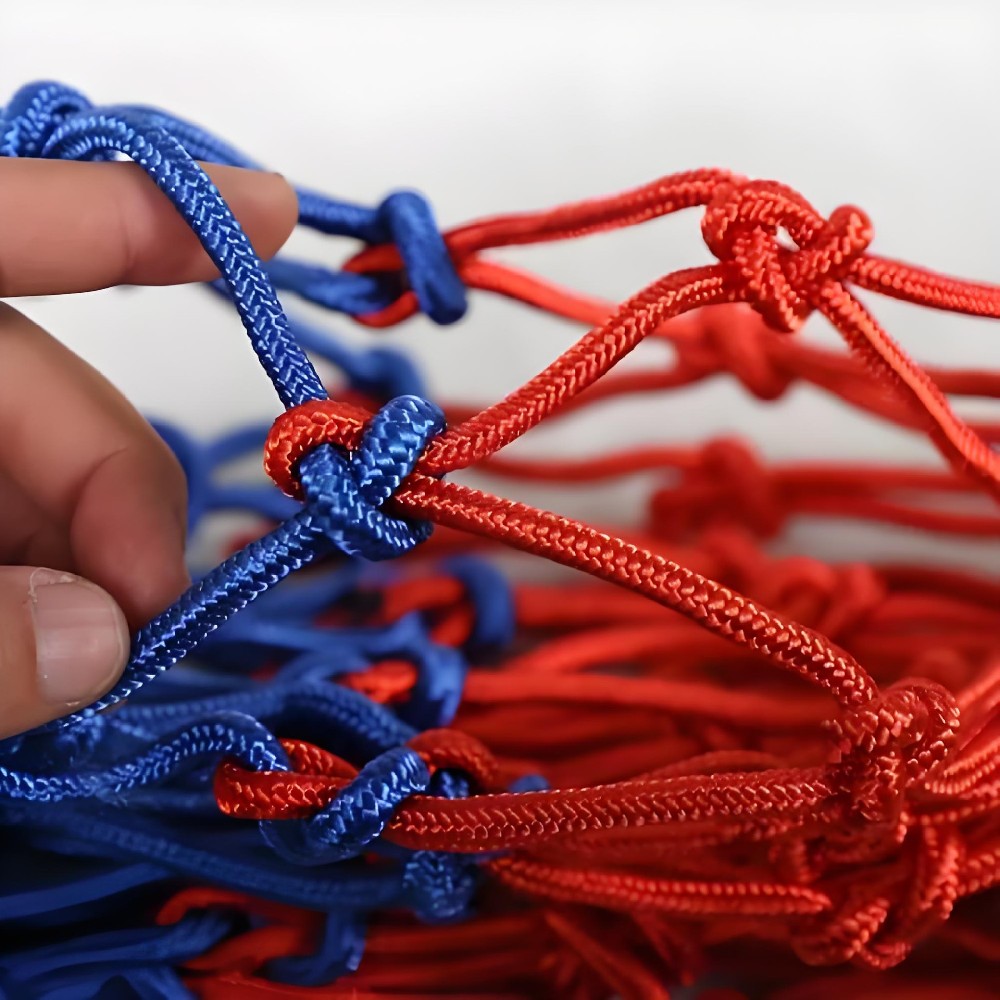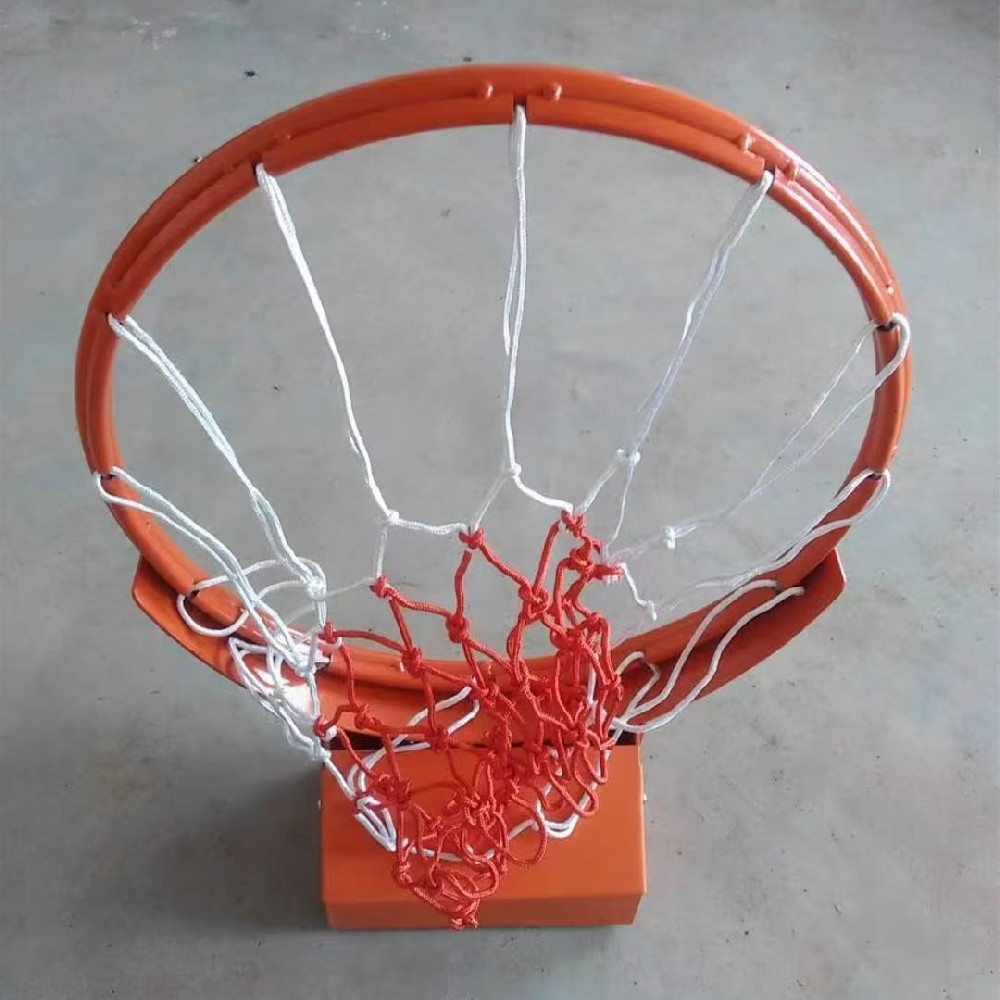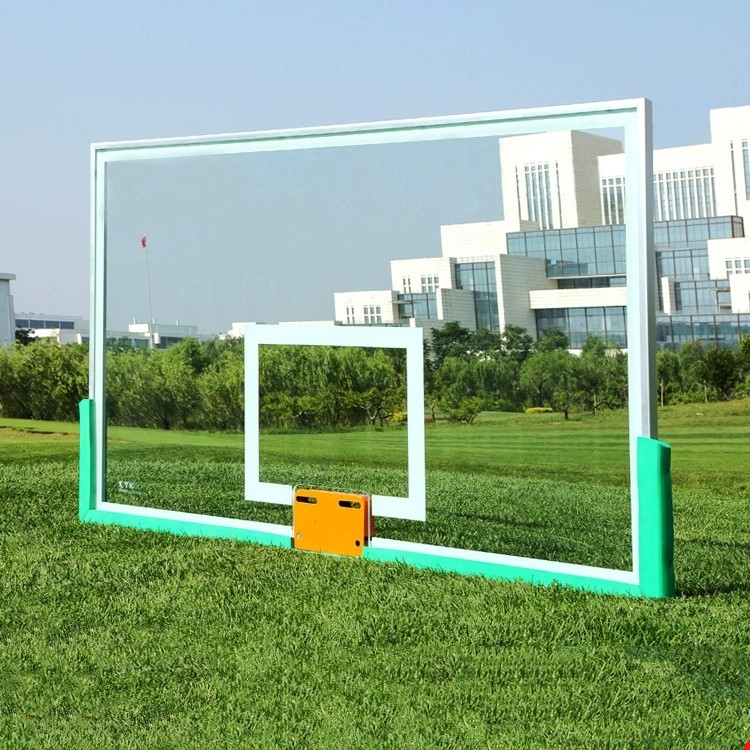Size of the racket tennis court: rules and regulations guidelines
The racket tennis is a fast and exciting sport. It combines tennis strategies and table tennis skills. As this sport is becoming more and more popular, many people are seeking to build or refurbish their stadium in order to meet the growing needs. One of the most important considerations when building or transforming paddle tennis courts is the size of the court itself. This article will explore the size and requirements of the paddle tennis court to provide guidance for rules and regulations.
The main management agency of the size of the paddle tennis court is the International Port Tennis Association (IPTTA). IPTTA formulates the standards of the stadium, equipment and rules to ensure the fair competition and consistency of the entire movement. The size of the standard racket tennis court is as follows:
Level: 20.5 feet (6.25 meters) Width: 40 feet (12 meters) net height: 36 inches (0.914 meters) in the center, 34 inches (0.864 meters) in the pillar
There are some additional requirements in court building, including:
The venue must be flat and solid, and there must be a venue that can provide players with a good foothold. The net column must be firmly embedded in the ground, and it must be able to support the net at the vertical position. The net column is at least 36 inches (0.914 meters) from the ground, and at least 2 inches (0.025 meters) on both sides of the court.
When building a paddle tennis court, it is important to follow these size and construction requirements to ensure the fair competition and safety of all players. In addition, it is recommended to consult local architectural specifications or management agencies to ensure that it meets any additional regulations or requirements in your area.
For those who want to buy or build a racket tennis court, it is also important to consider the type of surface material used. The most common surface materials of the racket tennis court include asphalt, concrete and synthetic garries. Each material has its own advantages and disadvantages, so when making a decision, you must consider cost, durability, easy maintenance, and player comfort.
In short, when building or renovation, it is essential to understand the size and requirements of the racket tennis court. Following these guidelines will ensure fair competition, security, and abide by the rules and regulations of this movement. In addition, choosing the right surface material for your stadium will help bring a positive game experience to all players.
padel court,Gymnastic mats, basketball racks, volleyball posts, tennis dwellings, badminton posts, adult gymnastic equipment, parallel bars, horizontal bars, uneven bars, gymnastic rings, balance beams, saddles, hydraulic referee tables, table tennis tables, outdoor fitness equipment, garden fitness equipment
Website:
http://www.hransports.com/Pader-Turnive-Stadium/131.html
